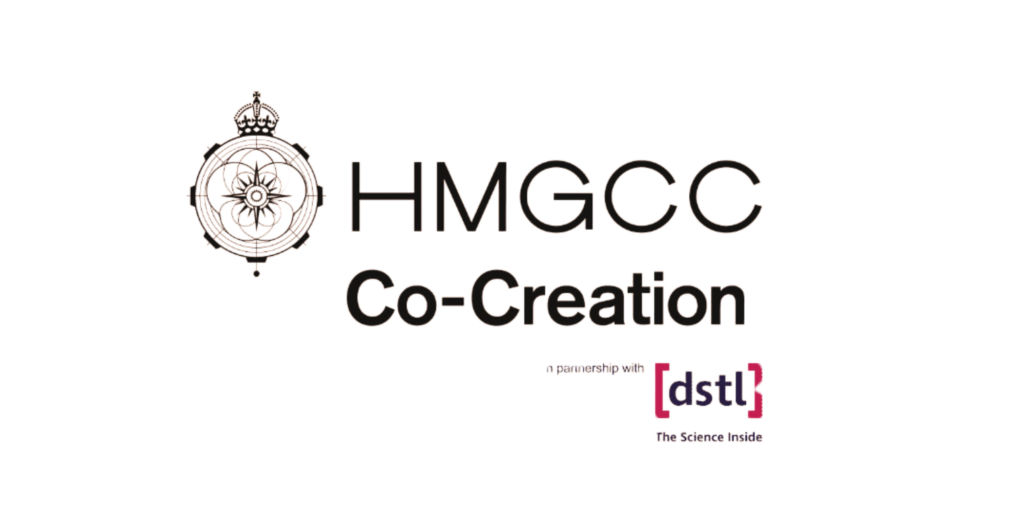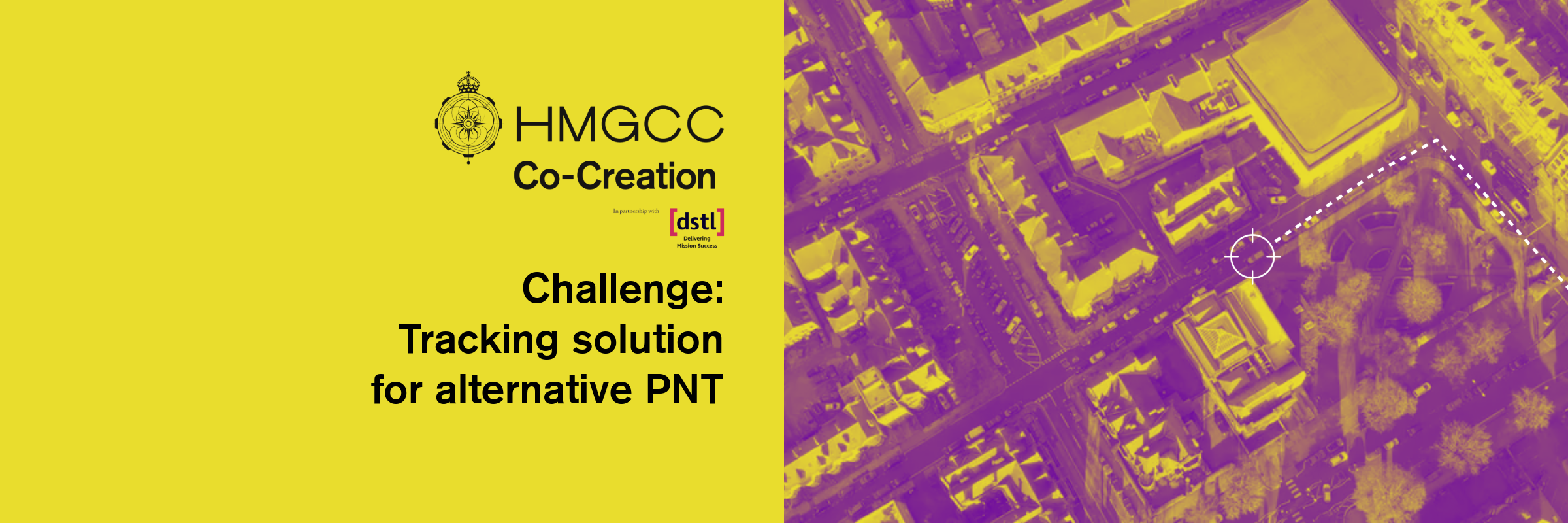
Small devices to track government staff, wherever they are in the world, are sought in HMGCC Co-Creation’s latest challenge.
When satellite systems such as Global Positioning System (GPS) aren’t available, for example in remote or hostile locations, national security needs to use an alternative – as small in size, weight and power (SWaP) as possible.
Organisations are being asked to apply if, over a 12-week period, they can develop and demonstrate alternative positioning, navigation and timing (PNT) technology to meet this challenge. HMGCC Co-Creation will provide funding for time, materials, overheads and other indirect expenses.
The challenge
Context of the challenge
There are many situations in which global navigation satellite systems (GNSS) may not be possible to use.
These systems can be disrupted by deliberate jamming measures, environmental factors such as weather, or location-based factors such as underground locations, urban canyons or in a mountainous area.
Areas where GNSS is unreliable can pose safety concerns as they make it tougher to keep track of UK government assets and representatives.
This challenge is focused on exploring a variety of alternative options for tracking systems without using GNSS.
The gap
When GNSS can’t be used, there are other methods ranging from simple map or astral navigation, to sophisticated inertial chipsets and use of existing infrastructure such as cell towers or non-GNSS satellites. There are trade-offs with each method. HMGCC Co-Creation would like to explore these trade-offs to demonstrate and ultimately develop new capability.
Example use case
Law enforcement has gathered some intelligence about a serious and organised crime-owned facility in a remote, but unknown, location. The first step is to launch a reconnaissance mission to determine its exact location. It is likely that the criminal organisation has robust intruder monitoring and counter-surveillance equipment. It is also likely that the criminal gang is utilising GPS/GNSS jammers.
Jonny is leading the reconnaissance, and he must do this cautiously, without mobile phones or other electronic equipment that gives off radio-frequency (RF) or other signature.
Jonny is equipped with a miniaturised tracker. This is extremely small and low-power to ensure it is unobtrusive and does not impede all the other equipment he is carrying. The tracker is suitable for use in areas where GPS/GNSS or cellular signals are unavailable, relying on other ways to track movement.
The tracker does not beacon a live location, fulfilling the requirement to not ping an RF signature.
Once the reconnaissance is finished, Jonny hands over the tracker to Sara. She downloads and then interrogates the data, being able to view exactly where Jonny had gone. This crucial information is fed into the intelligence report to build a picture of the targeted facility.
Project scope
The focus of this 12-week project is to develop and demonstrate technological options for GNSS/GPS denied tracking. The ideal outcome after 12 weeks will be a practical demonstration of a characteristic proof of concept.
This is open to Technology Readiness Levels (TRL) from 3 – 6. It is recommended that applicants should label their existing TRL as well as the level expected by the end of the 12 weeks.
Essential requirements:
- Project related:
- Provide rationale and trade-off analysis of technology used.
- Development of a demonstrable proof of concept.
- End product related:
- Size and power: Miniaturisation and low-power is crucial.
- Must be able to track a movement, at <100m accuracy, with an aspiration of <10m accuracy, without using GPS/GNSS
- Must be able to store data for later interrogation.
- Must enable quick and efficient data interrogation.
- Must not have a loud and/or continuous RF signature.
Not required:
- Project related:
- Only a horizon scan.
- End product related:
- A beacon that shows live location.
- A live navigation tool.
Key dates
Monday 14 April 2025
Competition opens
Tuesday 29 April 2025 at 10:00am
Tuesday 6 May 2025
Clarifying questions published
Thursday 15 May 2025 at 5:00pm
Competition closes
Tuesday 27 May 2025
Applicant notified
Thursday 5 June 2025
Pitch day in Milton Keynes
Monday 9 June 2025
Pitch Day outcome
Eligibility
This challenge is open to sole innovators, industry, academic and research organisations of all types
and sizes. There is no requirement for security clearances.
Solution providers or direct collaboration from countries listed by the UK government under trade
sanctions and/or arms embargoes, are not eligible for HMGCC Co-Creation challenges.
